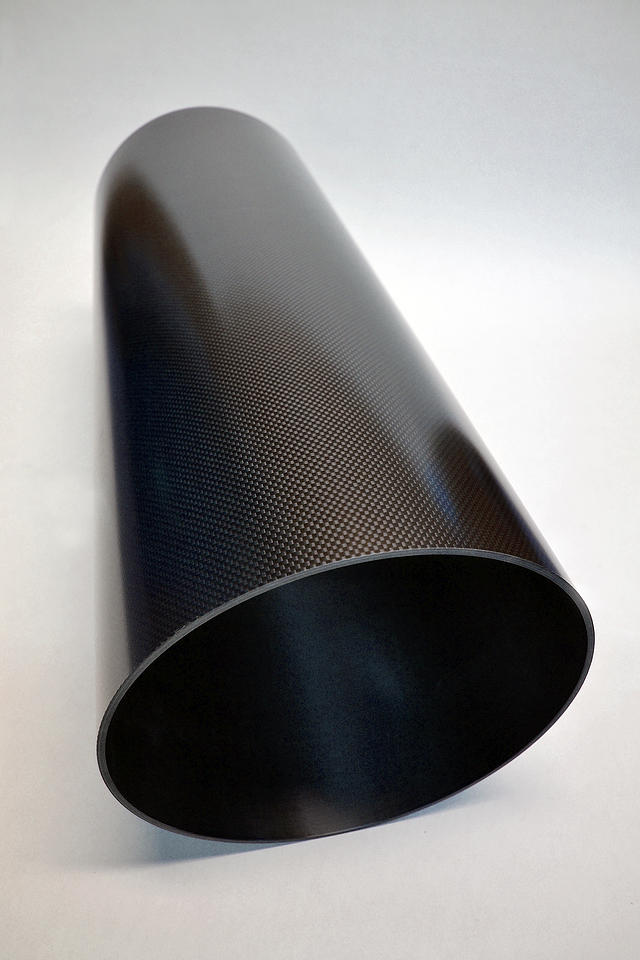How do Robotics Benefit From Composites?
Composites offer many benefits for robotic applications, when compared to traditional metallic. Many of the basic characteristics of composite materials apply in this application:
- Light Weight: Lighter weight translates into less energy consumption and has a cascading effect which could reduce weight, wear, cost, etc. of other components in a system.
- High Stiffness: High stiffness helps to limit how much a structure will deflect or deform under a load. Composites can be as much as 4 times stiffer than steel.
- High Strength: High strength allows a composite structure to handle high loads before breaking. Composites can be as much as 4 times stronger than steel.
- Part Consolidation: Reducing part count can lead to lower cost and reduces stresses in the structure due to fewer joints.
- Extended Life Cycle: Composites do not fatigue like metals, they do not corrode or dent, and they have excellent impact resistance.
- Special Needs: Dimensional stability under changing temperatures, improved vibration dampening, electronic transparency, electrical conductivity or insulation can be engineered.
- Design Flexibility: Unlike metals, composites can be specifically tailored to give exacting performance characteristics.
